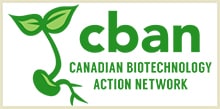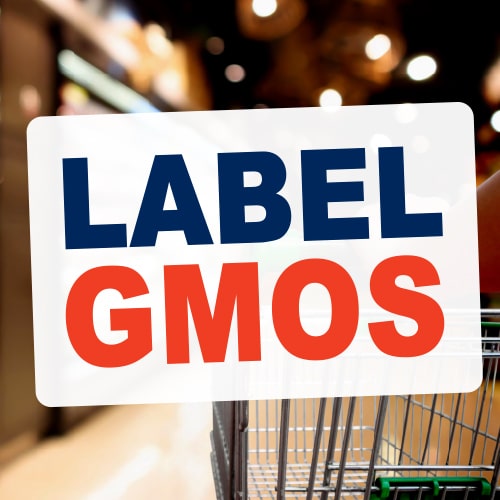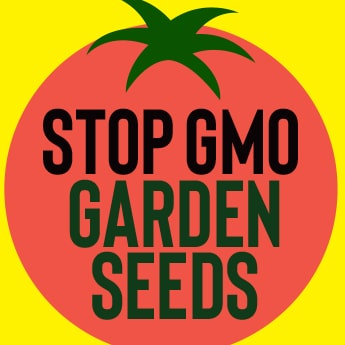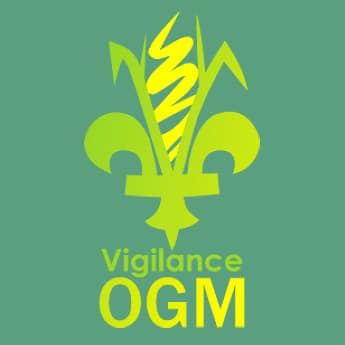Articles & Editorials
CBAN’s 2019 Yule Blog
Welcome to CBAN’s Year-End Catch-Up! Our Yule Blog is an occasion for us to share some of the important news and analysis that you may have missed this year, with some info or implications that we didn’t have a chance to share. All year long, we monitor a wide range...
Pulling Solutions out of Thin Air: The Dangers of Investing in the Promise of the Techno-Fix
Our experience with genetic engineering provides some important lessons about the impacts of focusing on the potential of techno-fixes. If we rely on corporations to develop the solutions to our problems, we will be buying our solutions, if they ever materialize. We can ill afford to wait for the perfect technology to solve our problems. This approach invites dependence and inertia. Winter 2019, British Columbia Organic Grower, The Journal for the Certified Organic Associations of BC (COABC).
CBAN’s 2018 Yule Blog
The Canadian Biotechnology Action Network provides you with this special year-end e-news to highlight critical new issues and recap some important stories you may have missed this year. 2018 was a year of mergers and escapes. Illegal rogue genetically modified (GM,...
A fishy return on public investment: The policy collision over genetically modified salmon
Canadians are the first in the world to eat a genetically engineered (genetically modified or GM) fish, thanks in part to over $8 million in federal government funding behind its development. The government is set to receive 10% royalties from sales relating to the GM...
Setting up a Spiral of GMO Contamination
Contamination from genetically modified organisms (GMOs) is a problem for some crop types. For example, most organic grain farmers in the Prairies stopped growing canola after GM contamination of seed became widespread, and Canada’s flax industry is still recovering from GM contamination that closed export markets. Contamination is a problem. But rather than take all measures possible to stop it, the federal government has responded by proposing a policy that accepts it as unavoidable. This Low-Level Presence (LLP) policy asserts that GM contamination is not the problem, but rather our unwillingness to accept it. (Spring 2018)
Golden Rice assumptions wrong
The editorial, “Health Canada is obligated to approve Golden Rice,” (WP, April 5), interprets the department’s decision as a “humanitarian gesture,” but that is an assumption — an incorrect assumption. Additionally, and more importantly, the release of Golden Rice is opposed by a significant number of large farmers’ networks across Asia. (April 2018)
PEI caught up in AquaBounty’s tangled net
The genetically modified (GM) fish company AquaBounty appears to have hit a major snag of its own making. It started construction of the world’s first GM fish factory at Rollo Bay, PEI but it doesn’t actually have permission to grow the GM fish there. (August 2, 2017)
Where is the GM apple?
Orchardists in BC, particularly organic growers, need to know where the GM apple is cultivated. CBAN investigates the status in Canada. (December 2016)
Ottawa should evaluate Canada’s experience with GM crops
After two decades, it’s time for the government to assess the benefits, risks and impacts of GM crops. It’s time to track GM crops in the field, and label GM foods in the store. Once Canada’s experience is documented and understood, then we can begin to debate the role of GM in food and farming, in our country and around the world. (Summer 2016)
Agriculture Canada to remove Health Canada from safety assessment of some GM foods
A radical shift in Canada’s policy over regulating the safety of genetically modified (GM) foods would allow a level of GM contamination in grain imports to Canada. The policy would permit a “low level presence” of some GM foods that have not been approved by Health Canada. This would mean that Canada’s regulation of GM foods would no longer be applied to all the GM foods that Canadians eat. (October 2015)





